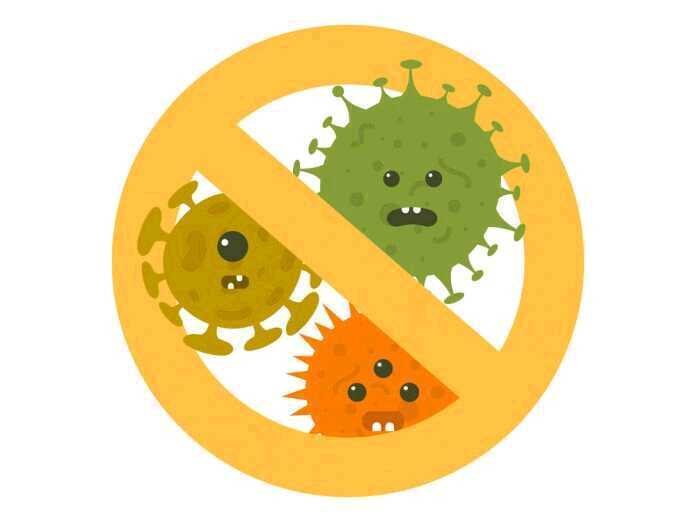
Since the discovery of penicillin to fight bacterial infections, antibiotic molecules from a microorganism have been used to kill other bacteria. Unfortunately, bacteria are highly adaptable and eventually develop resistance to these antibiotics. It doesn’t help that broad-spectrum antibiotics are often overprescribed at the first signs of illness. These drugs kill off many types of bacteria–even the good ones—but those surviving figure out new ways to adapt and pass this information along.
Bacteria Can Communicate
Researchers at the University of Illinois discovered a mechanism allowing bacteria to communicate when threatened. Bacteria and other microbes often have to fight for scarce nutrients in their host. A dominating group of bacteria will often produce a unique molecule to kill the weaker species. This is how antibiotics are created.
There is another method bacteria communicate, however, that the U of I researchers believe will change the course of how we treat bacterial infections. When one group of bacteria thrives so much that it can’t find the nutrients it needs to survive, it produces a unique molecule to tell it to go dormant. From there it goes into a slow growth state waiting for more nutrients to become available.
Slowing Bacterial Growth May Be More Effective than Killing It
The U of I Study, reported in the Proceedings of the National Academy of Sciences, targets bacteria’s ability to signal a slowing of growth. By understanding how bacteria produce the dormancy signal, we may be able to slow its growth and make it less a threat to the host. Unlike triggering the antibiotic signal to kill, bad bacteria can be kept at bay without the risk of developing antibiotic drug resistance.
Since just about every species of bacteria has a resistance to at least one antibiotic, this new method can prove much more effective and lessen the chance of dangerous antibiotic-resistant bacteria.
This may just be the biggest discovery since Penicillin in the 1920s.





























